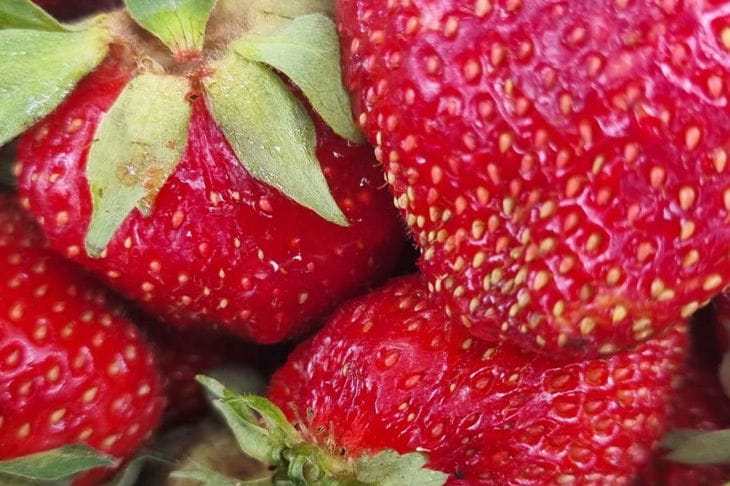- Choosing a location and preparing the soil: the foundation for a future harvest
- Correct landing: the key to a successful start
- Regular watering: the basis for juicy berries
- Top dressing: nutrition for growth and fruiting
- Protection from diseases and pests: prevention is the best cure
- Trimming the whiskers: let's focus on berry formation
- Mulching: retaining moisture and protecting berries
- Rejuvenation of plantings: extending the life of a strawberry bed
How to Increase Strawberry Yield: Secrets of Experienced Gardeners
Juicy and flavorful strawberries are a desirable achievement for gardeners.
However, achieving a bountiful harvest can be difficult: sometimes the plants only produce a few berries, leaving a feeling of disappointment.
The question is: how to increase the amount of strawberry harvest and enjoy its abundance, says Anastasia Kovrizhnykh .
Choosing a location and preparing the soil: the foundation for a future harvest
Strawberries love the sun. Open, well-lit areas are chosen for planting.
The soil should be loose, fertile, with neutral acidity. Before planting, the soil is dug up, compost or humus is added.

Correct landing: the key to a successful start
Strawberries are planted in spring or autumn. It is important to maintain the optimal distance between bushes - 25-30 cm.
The roots of the plants must be carefully straightened and covered with soil up to the level of the root collar.
Regular watering: the basis for juicy berries
Strawberries need regular watering, especially during the flowering and fruiting period. Water the plants in the morning or evening, trying not to get water on the leaves and berries.
Top dressing: nutrition for growth and fruiting
Strawberries respond well to fertilizing. In spring, nitrogen fertilizers are applied to stimulate the growth of green mass.
During the flowering and fruiting period, potassium and phosphorus fertilizers are used to form large and sweet berries.
Protection from diseases and pests: prevention is the best cure
Strawberries are susceptible to various diseases and pest attacks. For prevention, they are treated with special preparations.
It is important to remove affected leaves and destroy pests in a timely manner.
Trimming the whiskers: let's focus on berry formation
Strawberries actively reproduce by runners. To prevent plants from wasting energy on forming new rosettes, the runners are regularly trimmed.
Mulching: retaining moisture and protecting berries
Mulching the soil around strawberry bushes with straw, hay or agrofibre helps retain moisture, prevents weed growth and protects the berries from rotting.
Rejuvenation of plantings: extending the life of a strawberry bed
Strawberry bushes bear fruit most abundantly over a period of 3-4 years.
Further, the yield decreases. To extend the life of the strawberry bed, rejuvenate the plantings - divide the old bushes and plant new rosettes.
Earlier we wrote about how to get rid of bindweed in the garden.
